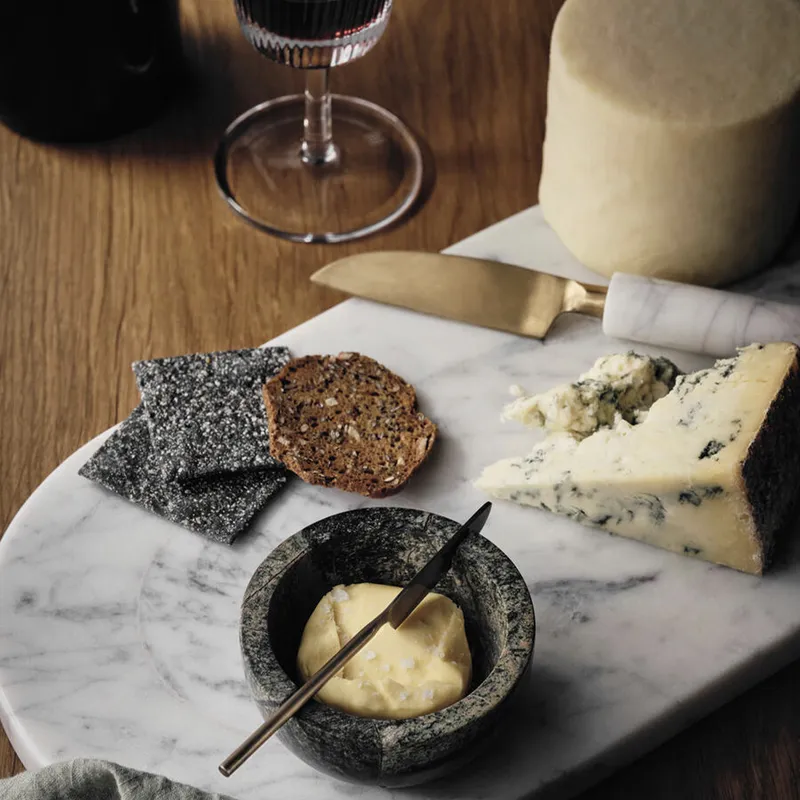How To Put Together The Ultimate Cheeseboard
What makes the ultimate cheese board?
“You want a balance of flavour, style and texture ranging, from the fresh young goats’ cheeses, all the way through to the robust, savoury blues. There needs to be something for everyone, so just make sure you have a mix of classics, say a cheddar, as well as something more adventurous that you may not have tried before – you never know, it might just become your new favourite. It’s also important to consider your condiments and crackers. Make sure you have a couple of fruit chutneys and relishes to complement the cheeses – they will take any cheeseboard up a notch.” – Mathew Carver, founder of The Cheese Bar
“There are no hard or fast rules. One of my favourite Christmases was when my dad and I sat with a huge block of cheddar and some pickled onions. There’s a lot to be said for having just one cheese, but make sure it’s big – about 1.5kg – and make it cheddar or a blue. Blues are particularly good come Christmas: by then, they tend to be 12 weeks old and the milk used has enjoyed the last of the summer grasses to give it lots of flavour.” – Alex James, award-winning cheese maker & bassist in Blur
What’s the right balance between hard and soft cheeses?
“It’s a good idea to keep the balance even, as you’ll find most rooms split between those who prefer soft and those who prefer hard. Make sure you have a big lump of cheddar or an alpine cheese such as comté, as these are popular and will keep well if you don’t manage to get through them all. They’re also very useful in many recipes if you have any leftovers.” – Emma Young, cheese consultant at The Cheese Explorer
“It’s really down to personal preference but I personally like an even mix of both. You can’t go wrong if you have a hard cheese, a blue cheese, a soft cheese and a goat’s cheese. If you’re looking to buy cheeses that will last the whole Christmas period, go for a few larger pieces of a firm-to-hard cheese as they will keep better in a domestic fridge.” – Mathew
“If you want more than one cheese – and most people probably do – then go for a brie, a cheddar and a blue. Avoid cheese that is too similar, because the less good one will then taste awful.” – Alex
How many cheeses work best?
“You can’t go wrong with five cheeses – a goats’, soft, semi hard, hard and blue. Here you cover all the bases of styles and have something for everyone. For a smaller cheeseboard, stick to three, such as a hard a soft and a blue. It is tempting to get lots of different varieties, however if you are a small group or couple, it’s best to buy substantial wedges of fewer cheeses. Small pieces of cheeses are harder to keep as they dry out, oxidise and perish quicker.” – Emma
“Around 50g of cheese per person is good. Some may think that’s a little generous, but better to have too much cheese than too little. You can’t go wrong if you have four to five cheeses, but there should be a real range of flavours and textures in there to give you enough variation.” – Mathew
“The traditional hard, soft and blue combination works extremely well. You can then add in another more unusual cheese – for example, a fresh goat’s milk cheese or a washed-rind cheese – to add interest.” – Hero Hirsh, head of retail for royal cheesemonger Paxton & Whitfield
What are your non-negotiable accompaniments?
“A great cracker – something with a real snap – some fresh fruit to cut through all that fattiness, and a glass of something you fancy.” – Mathew
“With crackers, you can’t go wrong with Peter’s Yard. They are neutral enough to go with any cheeses and its newer flavoured crackers add a hint of extra flavours. I prefer sweet jam over chutney – especially cherry jams, which are wonderful with sheep’s milk cheeses.” – Emma
“There are no firm rules on what to have with your cheese. Some think the combination of pickle and cheddar must never be compromised; others take a purist approach and won’t even have a cracker with their morsel. In my view, apples and pears are preferable over grapes and celery. They help reset your palette in between varieties. My ideal combination is fresh bread, cheese, apples, pears and mostarda [Italian mustard fruits].” – Alex
“We're a bit obsessed with red wine and cheese as a family. I normally drop down the weight of the wine to try and help with the cheese. Probably something like a pinot noir or cinsault from South Africa and this year I'll be opening a bottle of vintage port which I've been saving. It's from my great friends in Pinhão in northern Portugal, Quinta de la Rosa – and a great for any blue cheese.” – Charlie Stein, head of wine at Rick Stein Restaurants
Any storage suggestions?
“Keep your cheese wrapped in the wax paper used by your cheesemonger and keep it refrigerated. To avoid any cheesy odours contaminating your fridge or vice versa you can keep it in tupperware.” – Mathew
“A family lunch wouldn't be over without a cheese course and the added excuse to open another few bottles. The beauty is, you don't have to lift a finger. Serving temperature is key though. Make sure your cheese is room temperature when serving. Take it out of the fridge at the beginning of your meal so it has all the time it needs.” – Greg Marchand, head chef at Frenchie Covent Garden
“Letting the cheese warm will improve its flavour. A blue could even be left for 24 hours before consumption. Then it gets creamy, Marmite-y and just comes alive. It tends to just get better and better over time.” – Alex
Where are your favourite places to buy cheese?
“It’s biased, but Funk, our cheese and wine shop on Columbia Road, is great for people looking to try more British cheeses. Not only do we serve a range of around 30 British cheeses but also stock craft ciders, beers and a whole host of condiments and natural wines from local suppliers to complement any cheese board. It wouldn’t be right if I didn’t mention Neal’s Yard Dairy. Arguably British cheese would look very different if it weren’t for the risks taken by Randolph Hodgson in supporting new cheesemakers back in the latter part of the 20th century. It’s now a pillar of the cheese community. Many producers are also offering direct sales as a result of the pandemic – some to look out for online are Fen Farm Dairy, The Old Cheese Room and Quicke’s Traditional.” – Mathew
“Mongers know best. If you enter a cheese shop and feel a little overwhelmed by the choice, ask the cheesemongers, they are there to help you. They sample the product on a daily basis, meaning they’ll know exactly what is tasting good that day. I’d also recommend mentioning flavour profiles or personal favourites – the profile might match something they have.” – Alan Watson, head of cheese at The Cheese Bar
“My French cheeses come from Mons Cheesemongers. The team sells at Borough Market, East Dulwich and offers nationwide delivery. I like to buy directly from cheesemakers if they give the option and one of my favourites is Blackwoods Cheese Company, which makes cheeses in Kent. For a wide range, I enjoy the selection from the Fine Cheese Company. It has a variety of cheeses from around Europe and some particularly naughty cheeses such as tartu from Italy, which is a washed rind cheese made by a taleggio producer, with truffles throughout.” – Emma
And the all-important question: when should a cheese course be served?
“Lots of people enjoy finishing their red wine from the main course with cheese, so you could choose to serve cheese before pudding. Try serving the cheeseboard after the main course. It means you can enjoy the savoury flavours from the main course through to the cheese course before going onto the sweetness of the pudding. You can, of course, have your cheese course after your pudding and leave the cheeseboard on the table so it can be nibbled at.” – Hero
“Serve it whenever you like! The French often have theirs at the beginning of the meal, whereas us Brits tend to enjoy it at the end. If you go French, then maybe opt for flavours that aren’t going to overshadow the rest of your meal. If you go down the British road, have something that mirrors the flavour intensity of the main event. If you’re having it as the meal itself, then around 100-150g per person is plenty… depending on how greedy you are!” – Mathew
“We have cheese after our roast on Christmas day, always. There will be a Christmas pudding, but I won’t eat that – cheese is what I want.” – Jack Stein, chef director at Rick Stein Restaurants
“I love to eat my cheeses on Boxing Day. On Christmas Day the roast is the centre of attention, and I am always too full for cheese by the end of the meal. Boxing Day is more relaxed, and my cheese takes centre stage then.” – Emma
Inspired? Here’s Everything You Need…
THE CHEESE
“You want a balance of flavour, style and texture ranging, from the fresh young goats’ cheeses, all the way through to the robust, savoury blues.” – Mathew
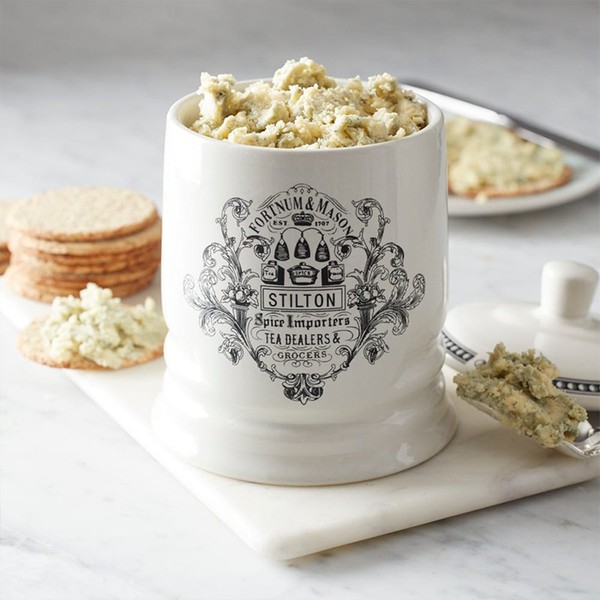
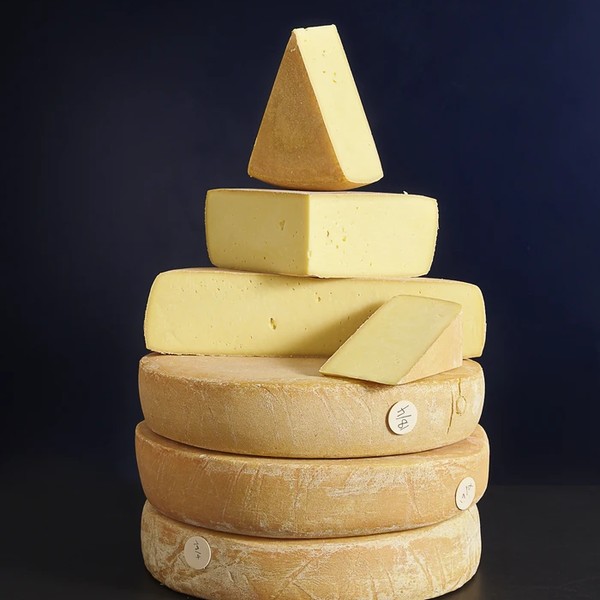
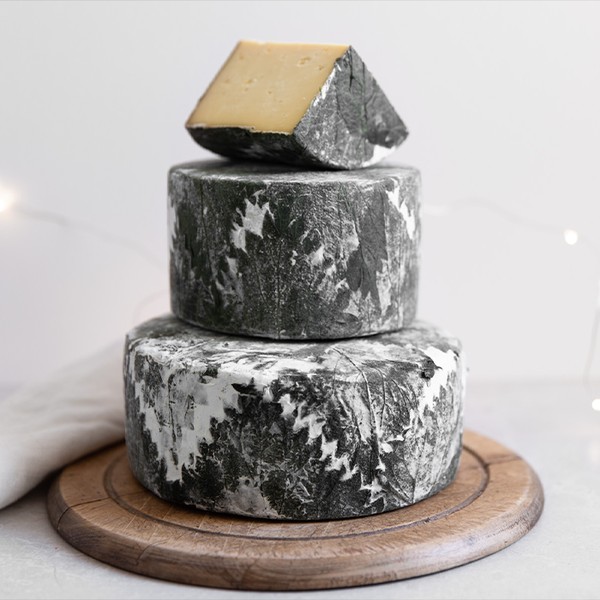

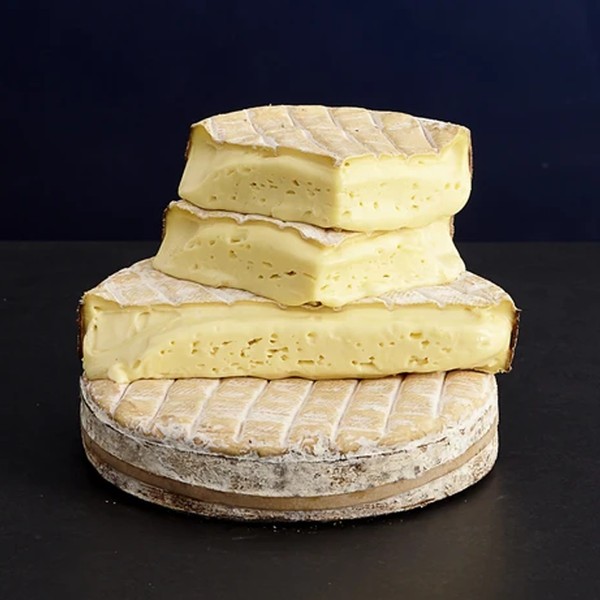
Neal's Yard Dairy
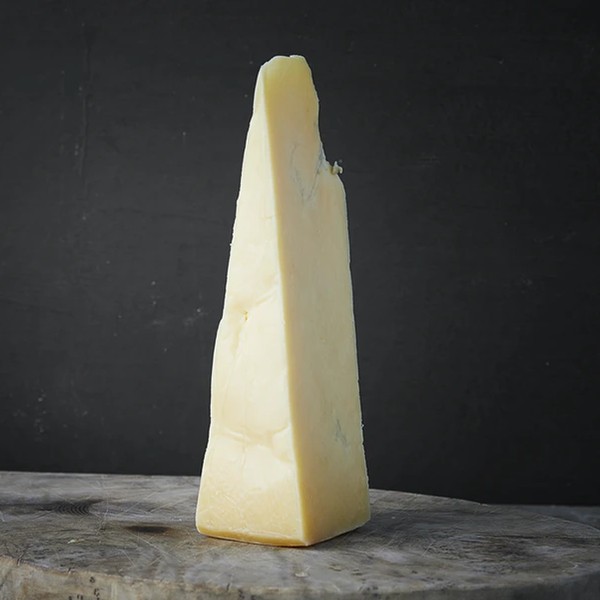
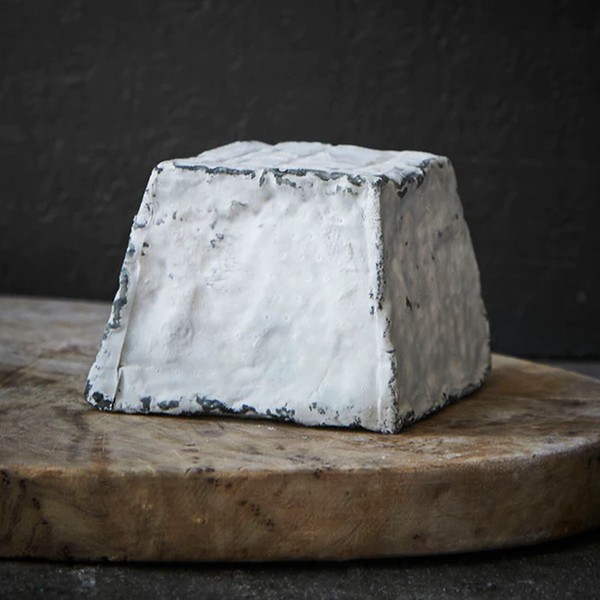
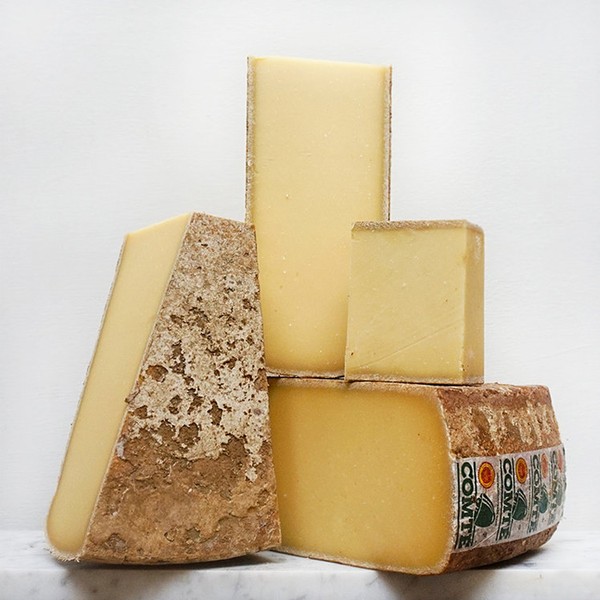
Franche Comté
THE ACCOMPANIMENTS
“Make sure you have a couple of fruit chutneys and relishes to complement the cheeses – they will take any cheeseboard up a notch.” – Mathew
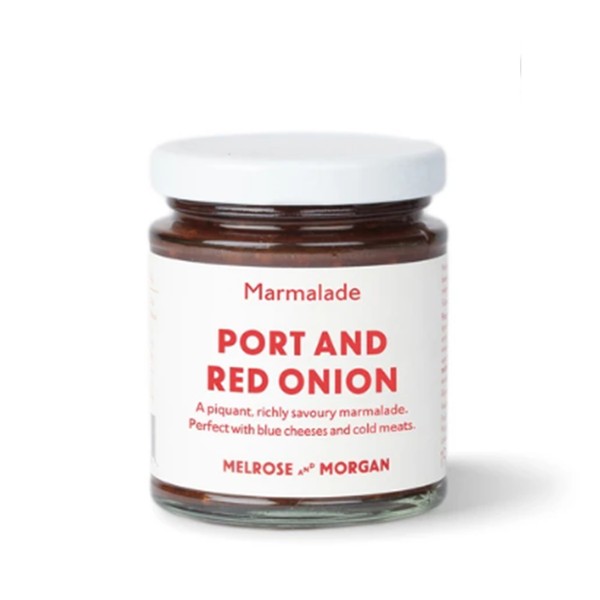
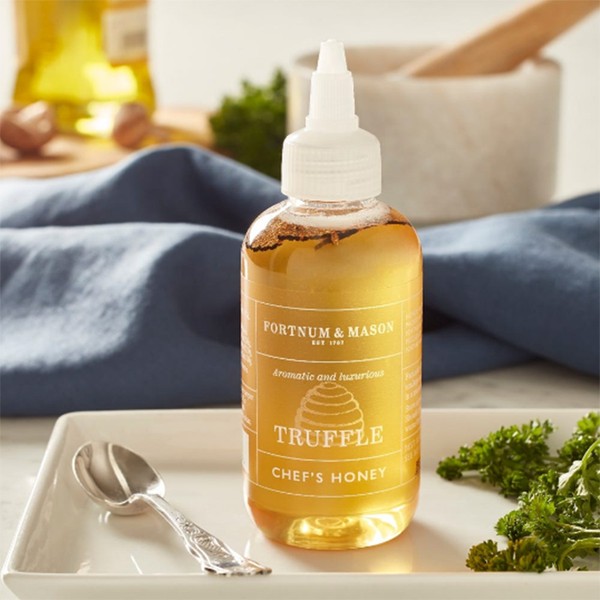
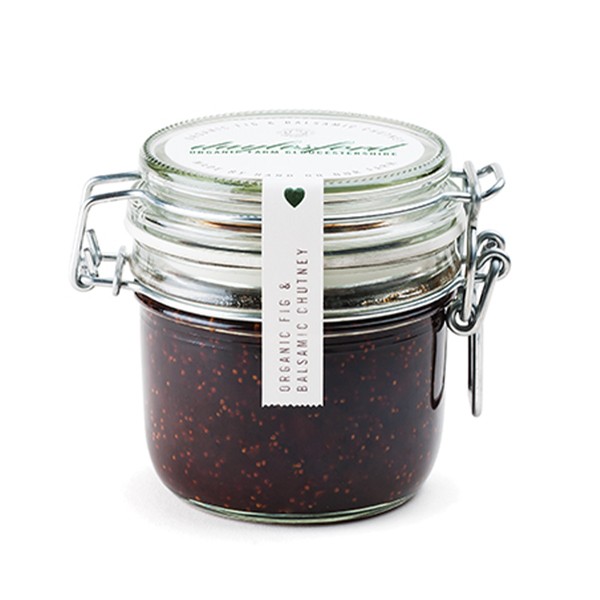

THE CRACKERS
“It’s important to consider your condiments and crackers. A great cracker is something with a real snap.” – Mathew
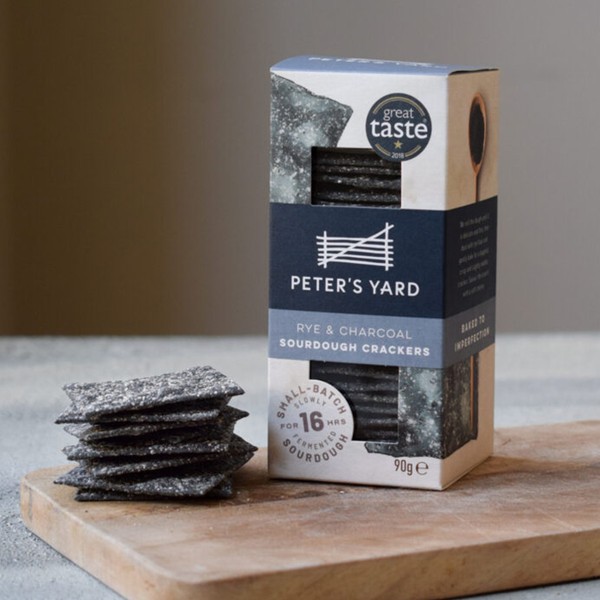
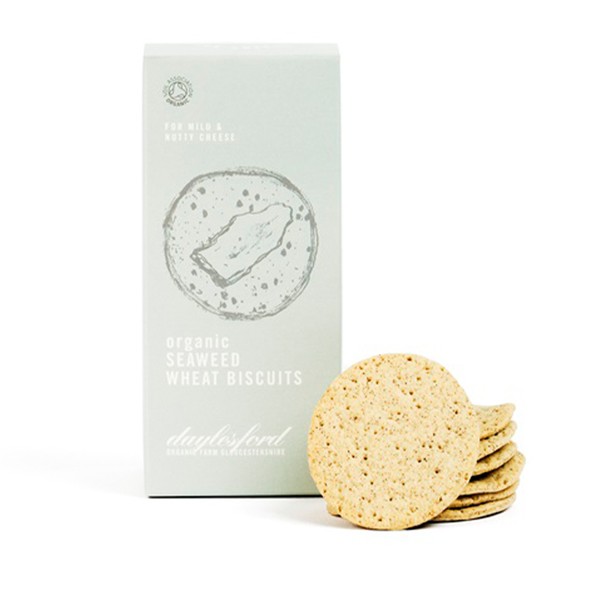
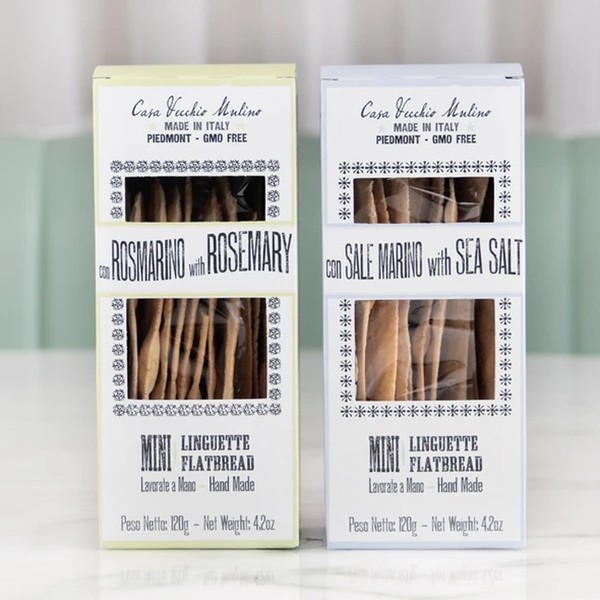

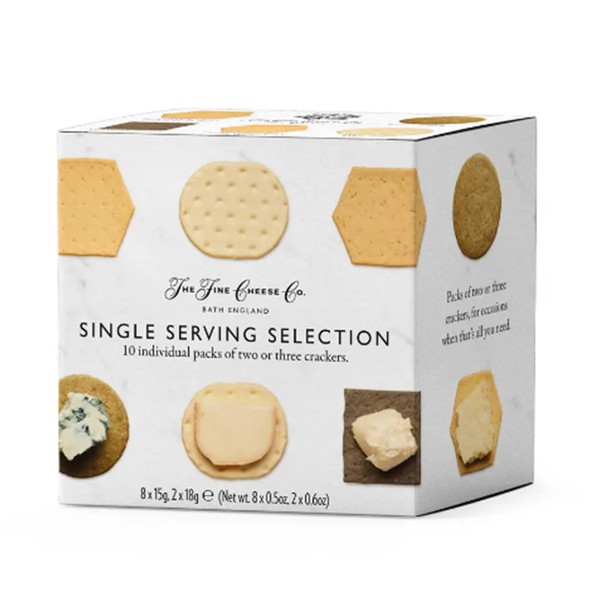
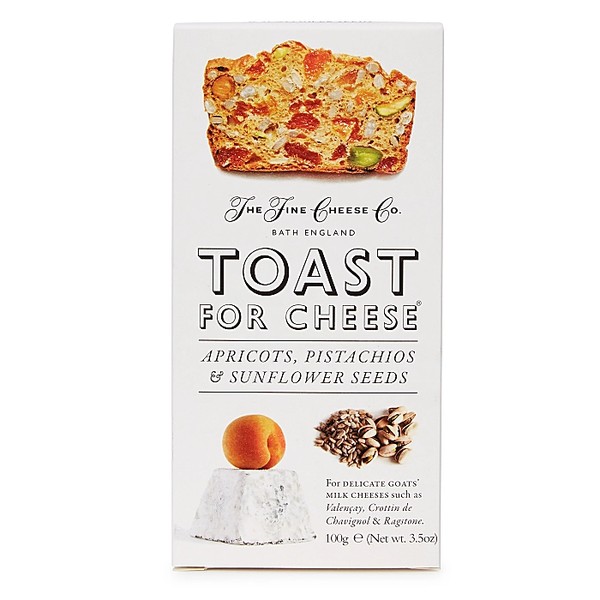
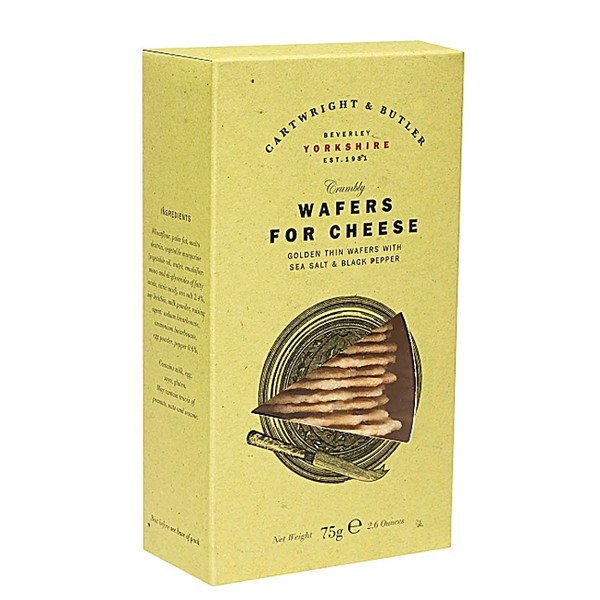
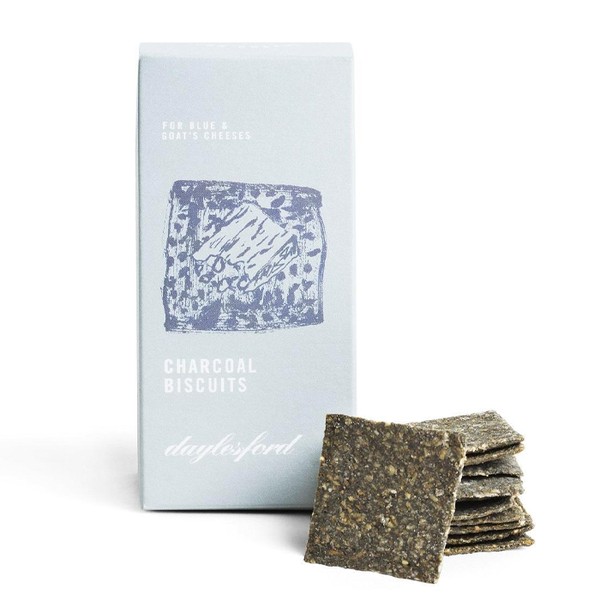
THE SERVING ESSENTIALS
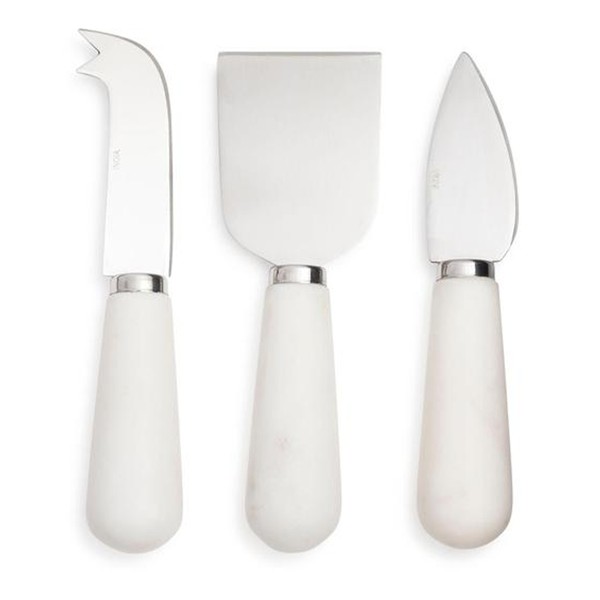
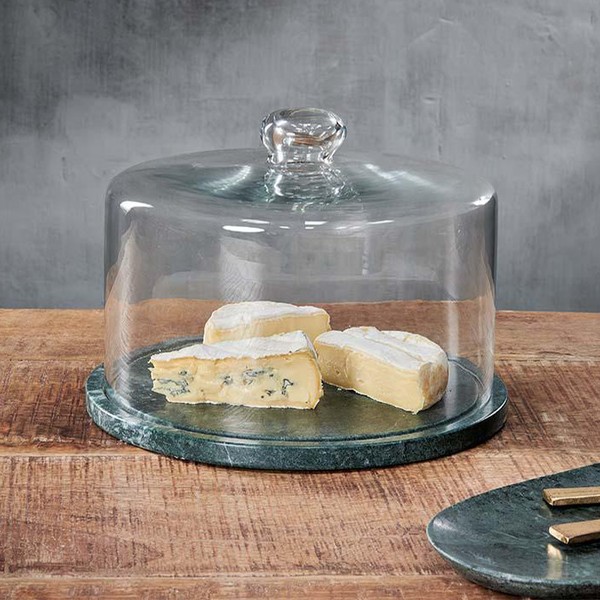
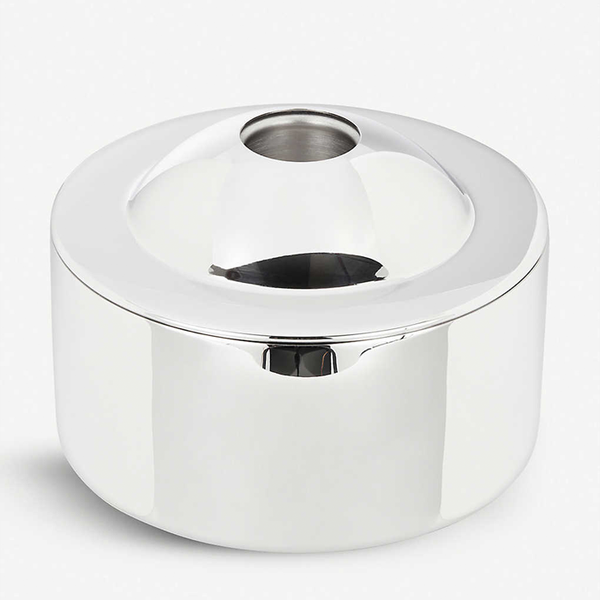
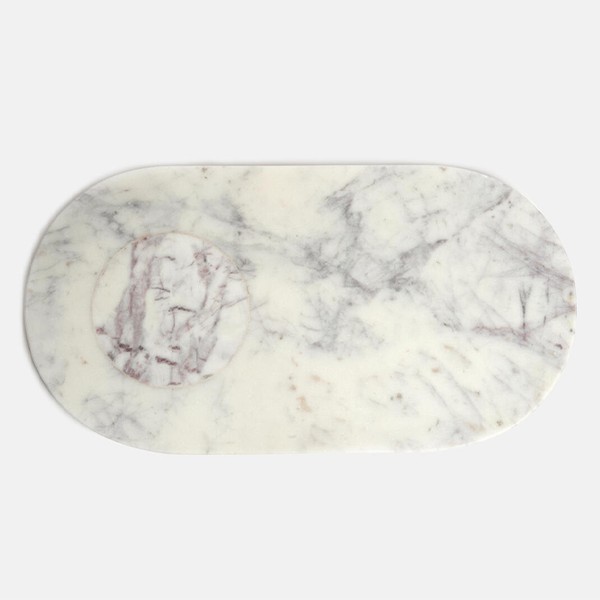
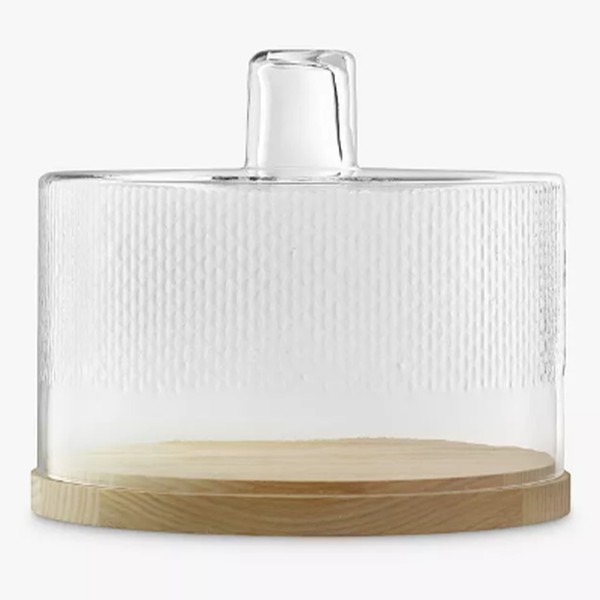


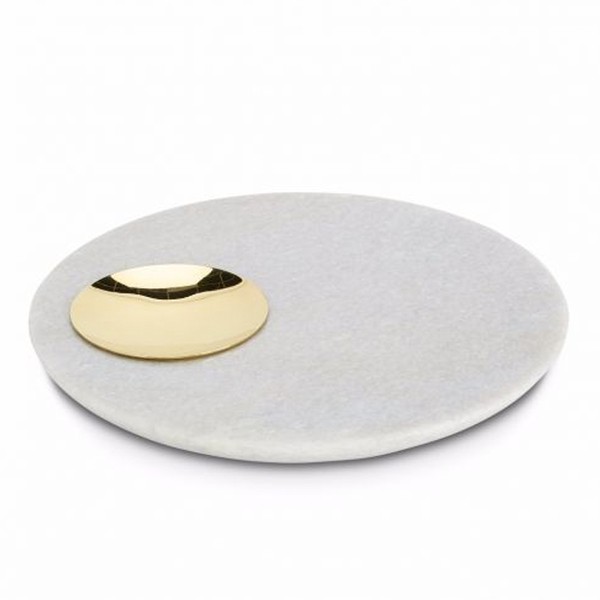
All products on this page have been selected by our editorial team, however we may make commission on some products.
DISCLAIMER: We endeavour to always credit the correct original source of every image we use. If you think a credit may be incorrect, please contact us at [email protected].
